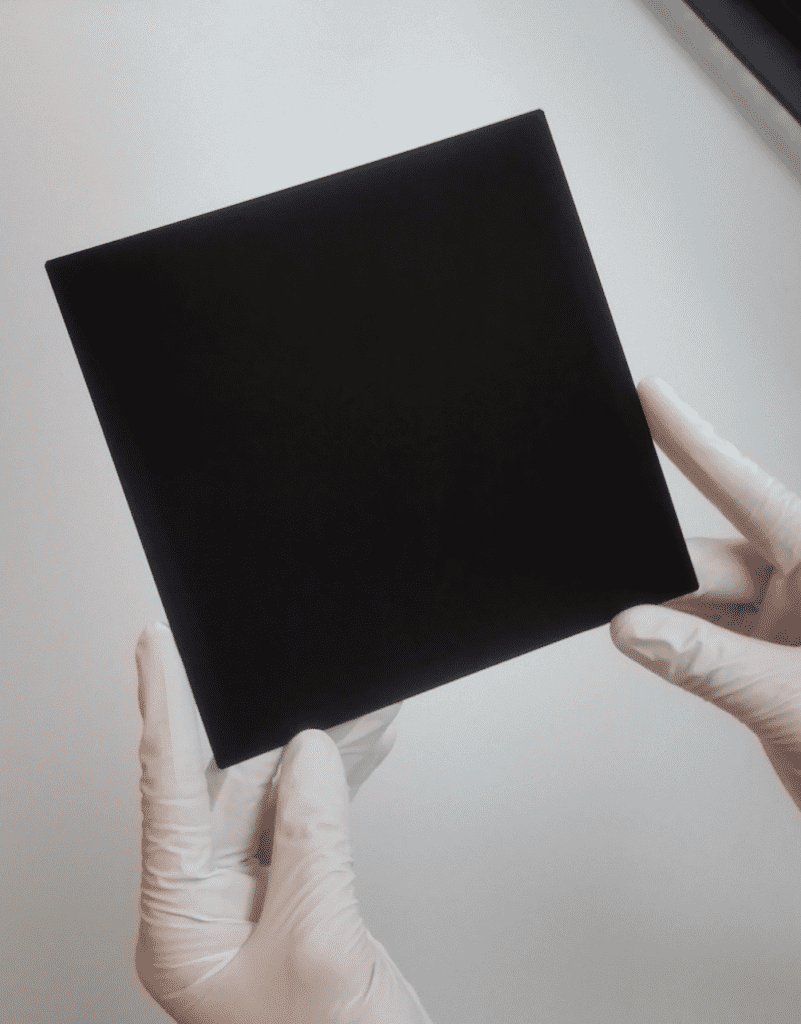Improving the efficiency of silicon-based solar cells has proven a challenge in the past couple of years as all the low-hanging fruits had been picked dry. That didn’t stop a team of Japanese researchers from Kaneka Corporation to push the envelope. They report a record-breaking efficiency of 26.3% beating the previous record of 25.6%. Most commercial-grade solar cells operate in the low-20-percent range. There are millions of solar panels in the world and by 2050 there could be billions. Even a fraction of a percent can add up to massive amounts of renewable electricity which is why such work is extremely important.
Close to an ideal solar cell
The theoretical limit for silicon solar cells is 29 to 30 percent silicon cells primarily capture the light waves from the red spectrum of sunlight while the rest of the spectrum is not utilized. The most efficient solar cells demonstrated thus far report efficiencies of 34.5% for unconcentrated sunlight and 46% in the case of multi-junction concentrator solar cells. These solar cells, however, aren’t based on silicon but exotic and sometimes toxic materials like indium-gallium-phosphide, indium-gallium-arsenide or germanium. Moreover, these cells can be very expensive which is why most utility scale as well as rooftop solar is made of silicon — an abundant material that has been used by the semiconductor industry for decades and can be cheaply sourced. It’s partly thanks to silicon that solar panels have become increasingly economically feasible. So much so that solar energy is now cheaper than fossil fuels in many parts of the globe, even without subsidies.
At the same time, upping silicon efficiency can be challenging nowadays. The most recent record-breaking cell is a thin-film heterojunction (HJ) design where multiple bands of silicon are layered within the cell to minimize band gaps. To make the cells, a manufacturing process called plasma-enhanced chemical vapor deposition (PECVD) was used where thin films of silicon are deposited on a wafer from a gas state. It’s the same technique that Panasonic uses to manufacture panels for Tesla at the Solar City plant in Buffalo, says Megan Geuss from Ars Technica.
The team from Kaneka also placed low-resistance electrodes at the rear of the cells which maximize the number of captured photons collected by the cell from the front. Additionally, the top layer of the cell is coated with a layer of amorphous silicon as well as an anti-reflective layer that not only reduces maintenance but also helps collect more photons.
Tests which have been recognized by the National Renewable Energy Lab (NREL) suggest the Kaneka cell are 26.3 percent efficient. After publishing their paper in Nature Energy, Kaneka claims it managed to reach 26.6 percent efficiency.
Kaneka also quantified the energy losses that kept the cell from reaching its full 29 percent efficiency. The researchers conclude overall efficiency was reduced by 0.5% due to resistive losses, 1% from optical losses, and 1.2% to recombination losses. Nevertheless, we’re talking about a 2.7 percent increase in efficiency which can add up considerably.










